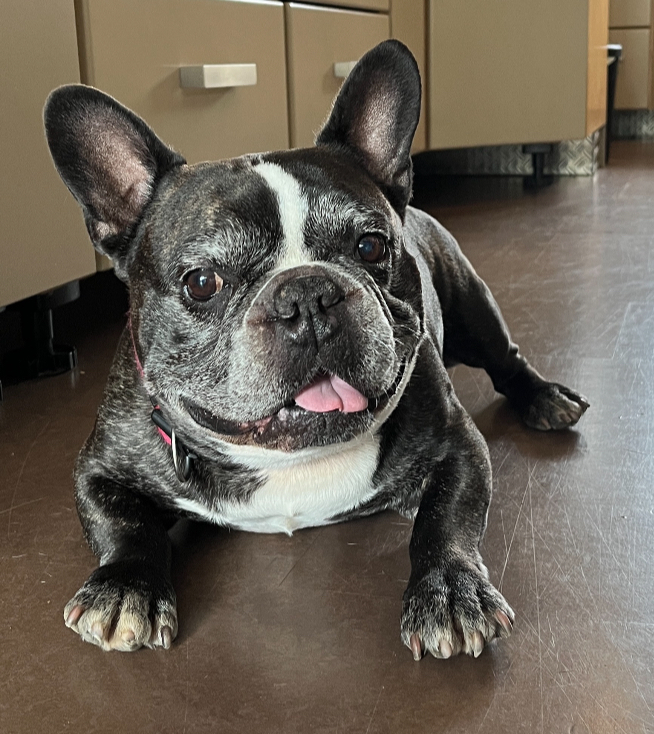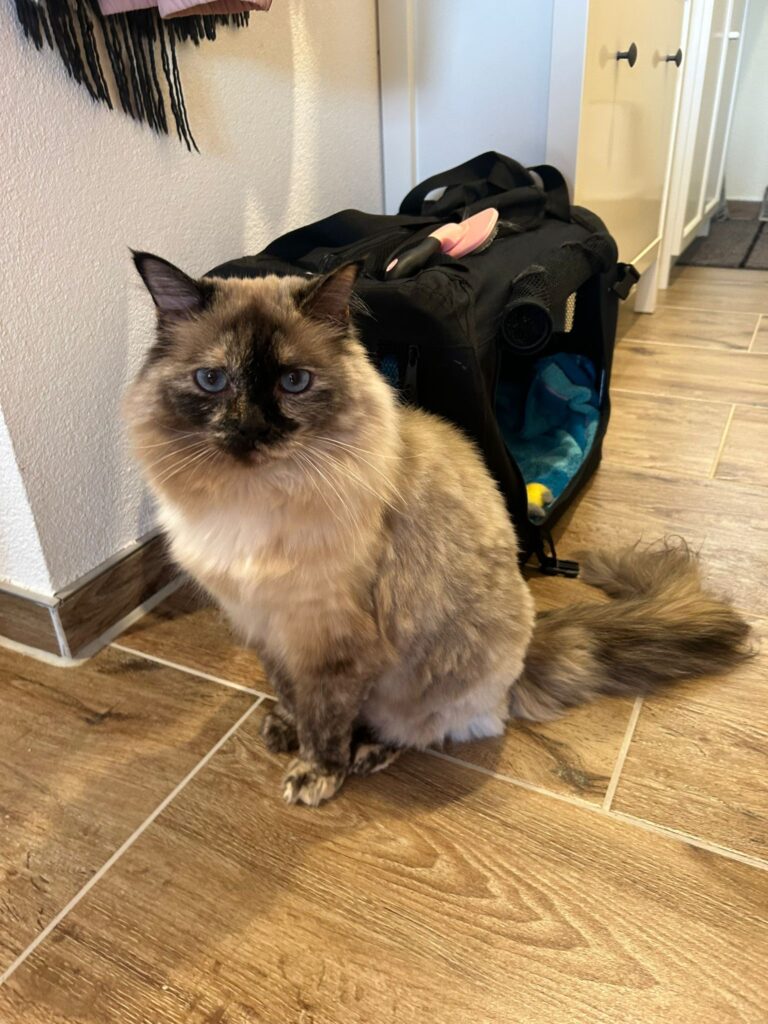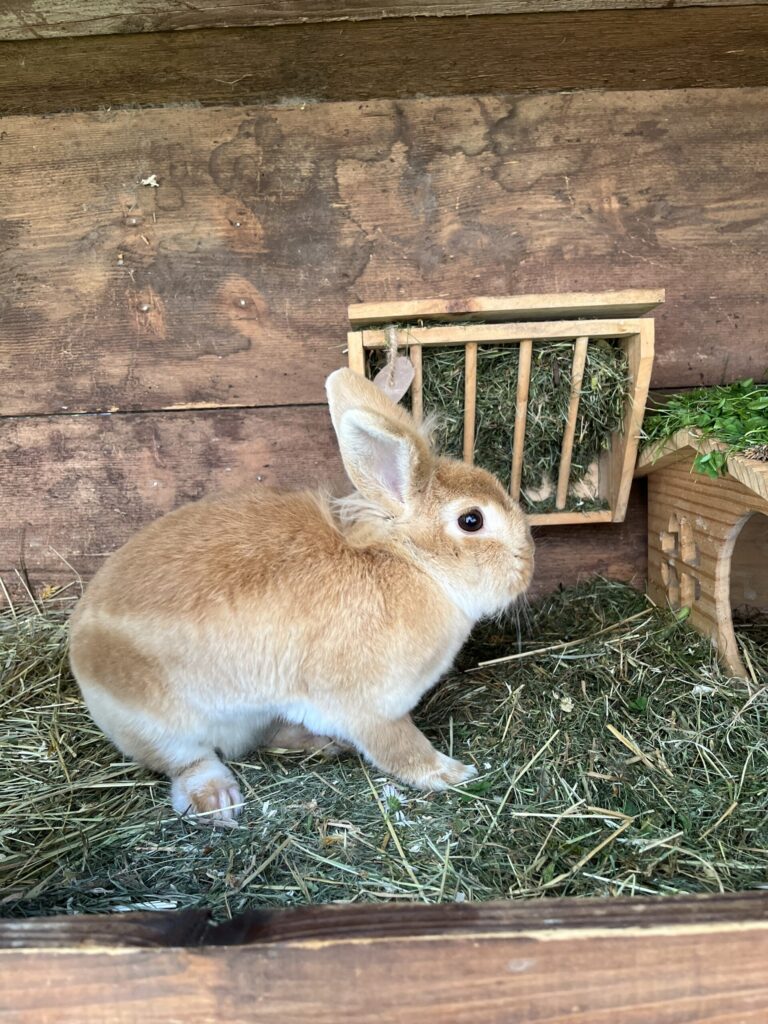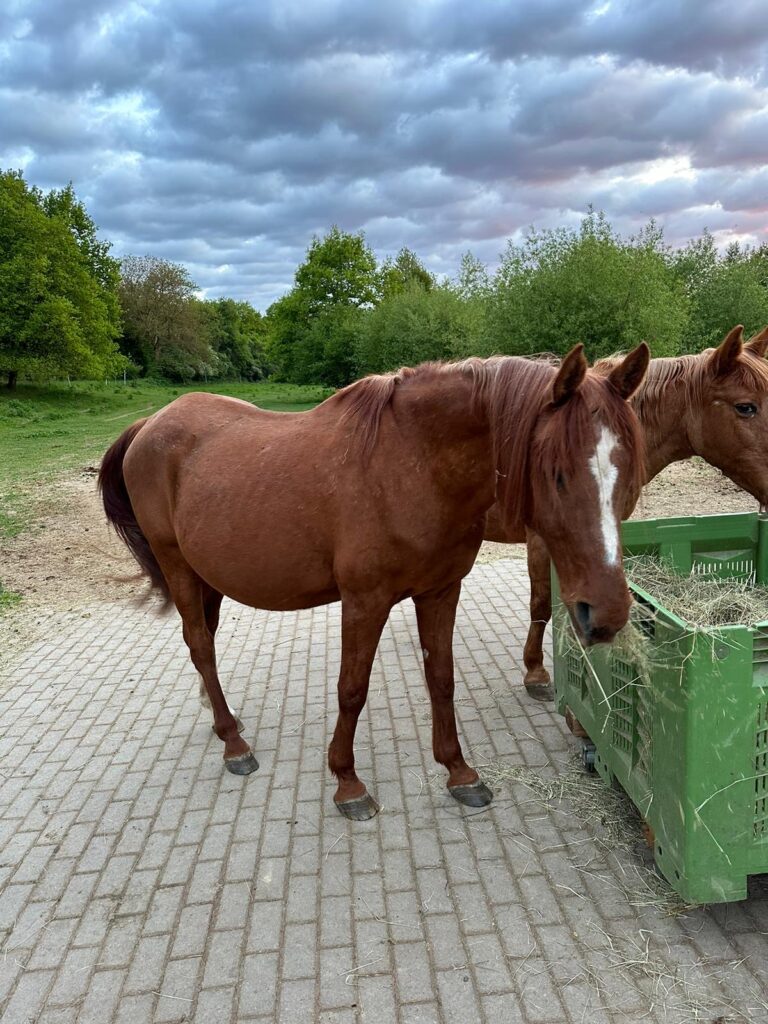Animal communication
To jump to the information you want more quickly, simply click on the corresponding heading below 😉
What is animal communication?
- Short AC
- Telepathic communication with animals
- Through thoughts / feelings / emotions / images
- Tele = distance (Greek)
- Pathos = feeling, experience, initiation (Greek)
Long: What is animal communication?
What is animal communication?
Animal communication (TC) is the ability to communicate with animals on a telepathic level. It does not matter whether they are pets or wild animals. Yes, even wild animals can communicate “out of the blue”. For example, when you go for a walk in the forest. Animals can sense who is open and ready for this type of communication.
How does animal communication work?
Normally, you need a picture, the name of the animal and specific questions for animal communication. Of course, this is not possible with wild animals. But animal communication usually works anyway. The connection is established through telepathy, i.e. the exchange of thoughts, feelings, emotions and/or images.
The word “telepathy” comes from the Greek:
- Tele means “far away”.
- Pathos stands for “feeling”, “experience” or “initiation”.
Animal communication is therefore about establishing a feeling-based connection at a distance.
Why animal communication?
- Understand your animal better: find out what it thinks, feels and needs.
- Communication without boundaries: Whether pet or foster animal.
- Deep insights: Get answers to your questions and strengthen your relationship with your animal.
Would you like to know what your pet is trying to tell you?
What would your animal tell you if it could speak? Animal communication opens the door to a world in which you can understand the needs, wishes and even fears of your animal friend.
Book your preliminary talk now. Let’s strengthen the unspoken connection between you and your animal together.
Requirements for animal communication?
- Consent of the owner
- Name of the animal (no nickname)
- Current picture of the animal (where it looks best into the camera and is fully visible => You can find an example image here)
- Ideally also a photo of you as the owner (preferably current and where you are looking into the camera)
- Specific and concise questions (no question in the question)




Long: Requirements for animal communication?
What do you need for animal communication?
You don’t need much for successful animal communication, but a few important things are essential:
- The consent of the owner
I cannot and will not carry out animal communication without the express permission of the animal owner. Respect and trust are the basis of all animal communication. - The name of the animal
Please give me the correct name of your animal. (No nickname!) The name helps me to establish the connection to your animal. - A recent photo
A picture in which your pet is clearly recognizable and looking into the camera is ideal. If the animal is not fully visible in the photo, animal communication is often still possible. - Specific and concise questions
The clearer your questions are, the better I can receive your animal’s answers. Therefore, please refrain from asking double questions, i.e. questions that are actually two questions.
Why are these points so important?
Each of these aspects helps me to establish a clear and effective connection with your animal. Without them, animal communication would be difficult or even impossible.
Would you like to know what your pet is trying to tell you?
What would your animal tell you if it could speak? Animal communication opens the door to a world in which you can understand the needs, wishes and even fears of your animal friend.
Book your preliminary talk now. Let’s strengthen the unspoken connection between you and your animal together.
How does animal communication work?
Very good! 😉
Just kidding!
Telepathically through:
- Images
- Thought
- Spoken words
- Information
- Etc.
- Not by making animal sounds at each other…
Long: How does animal communication work?
How does animal communication really work?
Animal communication is not a matter of animals making noises at each other. So you won’t catch me sitting across from a dog and trying to bark at it. 😊 Imagine what it would look like if I tried to communicate with a hamster – what does a hamster even sound like?
Animal communication works on a completely different level: telepathically. This means that communication takes place via images, thoughts, spoken words or the pure transmission of information. How exactly this information is perceived varies from animal to animal and from user to user.
For me personally, it works like this: I am a very visual person and often receive information in the form of images. At the same time, however, I also hear words or sentences that the animal “tells” me. This combination of images and spoken words helps me to understand your animal’s messages clearly.
Why telepathic animal communication?
- Simple and effective: No sounds or gestures are needed – communication takes place on a deeper level.
- Individually adapted: Each animal communication is unique and adapts to the needs of the animal and the user.
- Understanding on a new level: Experience how you can better understand your animal’s thoughts and feelings.
Would you like to know what your pet is trying to tell you?
What would your animal tell you if it could speak? Animal communication opens the door to a world in which you can understand the needs, wishes and even fears of your animal friend.
Book your preliminary talk now. Let’s strengthen the unspoken connection between you and your animal together.
Animal communication process
- Contact / Appointment booking
- (Initial consultation) Intake form
- Preliminary discussion (if you would like to describe your situation in more detail)
- Contact with your animal
- Follow-up discussion + you receive the consultation transcript
- Follow-up contacts
Possibilities and limitations of animal communication
Possibilities:
- Farewell, Clarity & Consolation
- Conveying messages
- Insights into the emotional life of the animal and its wishes / needs
- Promoting mutual trust
- Help with blockages
- Clarifying and harmonizing conflicts
- Finding solutions
Recognizing mirror issues - Strengthening the human-animal relationship
- Detecting and understanding the causes of behavioral problems / changes
- Preparation for upcoming changes
Important: Everything in addition to veterinary treatment!
Limitations:
- Replace veterinary or medical diagnostics and treatment
- Be purely an “educational measure”
- Restrict an animal’s free will
- Make promises of healing
- Making contact with other animals without the animal owner’s permission (except for wild animals)
- Ignore the animal’s refusal to make contact (or other interventions such as energetic harmonisation)
Long: Possibilities and limitations of animal communication
Possibilities:
What animal communication can do
Animal communication is a fascinating tool that can help you to better understand your pet’s needs, feelings and thoughts. In the short version you have already seen some examples – here you can find out more about how animal communication can help you and your pet.
1. farewell, clarity & comfort
Animal communication can also help to provide clarity and comfort when it’s time to say goodbye. You can say everything that is close to your heart before your beloved animal goes to Rainbow Land.
(Note: This does not replace veterinary or veterinary care and is not an end-of-life care).
Think of it this way: When a person passes away, we often want to talk to them one last time. This is also possible with your animal and even beyond, because animal communication also works with deceased animals.
2. transmitting messages
The most classic form of animal communication is the transmission of messages. Whether your animal wants to tell you something or you want to send your animal a message, animal communication creates a bridge between you.
3. insights into the emotional life of the animal and its wishes / needs
Would you like to know how your animal is feeling or what it wants? Animal communication allows you to immerse yourself in your pet’s emotional world. Be it through direct questions or by intuitively sensing its needs.
4. promoting mutual trust
Sometimes animals have experiences from their past that shape their behavior. Through animal communication, you can find out what your animal has been through and together you can find ways to strengthen your trust. For example, an animal that used to live in a small cage promises its new owner not to run away and the owner promises more space in return.
5. help with blockages
Just like us, animals can have blockages that affect their well-being. Through animal communication, these blockages can be tracked down and resolved, for example through methods such as surrogate hypnosis for an animal or quantum work.
6. clarifying and harmonizing conflicts
Why is your pet suddenly refusing to eat? Or why has it stopped scratching the scratching post and is now scratching the couch? Animal communication helps to find the causes of such changes in behavior and to develop solutions. An example: A cat refused to eat because the new food bowl was a different color. After replacing it with a new bowl, which was the same as the old one, everything was fine again.
7. finding solutions
Sometimes it only takes a small change to solve a problem. In animal communication, your pet can make suggestions about how you can find a solution together. As in the case of a cat that found the sisal on the scratching post unpleasant. After it was changed, everything was fine again.
8. recognize mirror themes
Animals often unconsciously mirror the problems of their owners. If you are stressed, for example, this can be reflected in your pet. An example: You have broken your foot, which is why you now have to walk with crutches and on one foot. Your cat notices this and starts to limp. The vet can’t find anything wrong, but animal communication reveals that your cat is mirroring you. Incidentally, your pet is not mirroring you because it wants to annoy you. Quite the opposite! Your pet mirrors you because you are important to it. Through animal communication, I can recognize mirror issues and we can find a suitable solution together.
9. strengthen the human-animal relationship
Clarify open questions, clear up misunderstandings and find solutions together. You can ask your animal open questions, but your animal can also ask you questions via animal communication. All of this strengthens the relationship between you and your pet. Animal communication creates a deeper connection and more harmony in your life together.
Would you like to know what your pet is trying to tell you?
What would your animal tell you if it could speak? Animal communication opens the door to a world in which you can understand the needs, wishes and even fears of your animal friend.
Book your preliminary talk now. Let’s strengthen the unspoken connection between you and your animal together.
Limitations:
Important principles of animal communication
Animal communication is a valuable tool to better understand the needs and feelings of an animal.
Principles that everyone must follow:
- Not a substitute for veterinary or animal health care
Animal communication can and must never replace a veterinary diagnosis or treatment. Nor is it an alternative to practical veterinary methods. In the event of health problems or behavioral problems, a specialist should always be consulted first. - Not an educational measure
Animal communication is not a tool to educate or discipline animals. It is used exclusively for communication and understanding between humans and animals. However, you can, for example, convey a message to the animal that a certain behavior is inappropriate and that it should please refrain from it. - Respect for the animal’s free will
Every animal has free will and this must be respected. Animal communication must never restrict or override the animal’s will. The animal is always asked for permission and if it refuses contact, this is respected. This also applies to other interventions such as surrogate work. However, you can try to make contact again or do surrogate work at a later date. If this is rejected again, this must be respected. - Permission from the animal owner
Contact with an animal must never be made without the express permission of the owner. The only exception is wild animals, as they do not have an owner who could be asked for permission.
Why these rules are so important
Animal communication is a sensitive and responsible activity that must always be in harmony with the needs of the animal and the wishes of the owner. It should create trust, bring clarity and strengthen the relationship between humans and animals, but never exert pressure or overstep boundaries.
Would you like to know what your pet is trying to tell you?
What would your animal tell you if it could speak? Animal communication opens the door to a world in which you can understand the needs, wishes and even fears of your animal friend.
Book your preliminary talk now. Let’s strengthen the unspoken connection between you and your animal together.
Worth knowing animal communication
Animals can also lie (for their own protection):
- E.g. animal hurts paw
- Nothing visible on the outside
- Animal is afraid of the vet
- Therefore conceals pain
- When asked if it is in pain, it lies to avoid the vet
Mirror themes:
- The animal mirrors the owner’s behaviour (but the owner is not always aware of this)
- Animal keeps repeating a behaviour that was not there before
- Animal shows behavioural abnormalities
Long: Worth knowing animal communication
Can animals lie? And what are mirror subjects?
Yes, animals can actually lie. They usually do so out of self-protection. For example: If an animal is in pain, for example in its paw, but nothing can be seen on the outside, it may deliberately conceal the fact that it is in pain out of fear of the vet. It is therefore “lying” to avoid having to go to the vet. It is therefore essential to always seek veterinary or veterinary practice advice in the event of behavioral changes or problems to ensure that your pet is well.
Mirror issues:
Another common reason why people make use of animal communication is so-called mirror issues. The animal unconsciously mirrors the behavior or emotions of its owner. People are often not even aware that their animal is mirroring them and so the changes in the animal’s behavior are not noticed at first.
The animal suddenly shows behavior that was not there before, or it appears strikingly different. For example: a cat that used to love to play suddenly loses interest in doing so. The reason could be that its owner is going through a difficult phase – perhaps after a separation. Instead of being active, the human spends their days in bed, eating unhealthily, scrolling through social media for hours on end and trying to numb their sadness. This mood is transferred to the cat, who mirrors the behavior.
How do I recognize and resolve a mirror issue?
If you notice that your pet is suddenly reacting differently or behaving unusually, there could be a mirror issue behind it. The key often lies within yourself: Once you begin to reflect on your own situation and make positive changes in your life, your pet’s behavior will also return to normal.
Would you like to find out more about how animals mirror us and how you can use this connection to help you both? Animal communication can give you valuable insights.
Why animal communication?
- Deeper connection: Understand what your animal is trying to tell you.
- Recognize mirror themes: Recognize how your own behavior affects your pet.
- Growing together: Create positive changes for you and your pet.
Would you like to know what your pet is trying to tell you?
What would your animal tell you if it could speak? Animal communication opens the door to a world in which you can understand the needs, wishes and even fears of your animal friend.
Book your preliminary talk now. Let’s strengthen the unspoken connection between you and your animal together.

